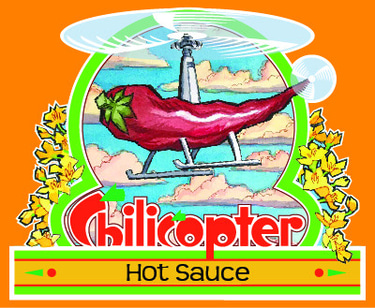About
South Indian Pickles
In South India and especially in the state of Andhra Pradesh, many families have seasonal pickling traditions. The yearly harvest of mangoes would not survive in the harsh heat of coastal Andhra Pradesh summers so the people learned to preserve them to be used throughout the year.
This tradition went on for so long that today, even with modern agriculture and refrigeration, the pickling continues because of the love for that flavor.
Much care was given during the pickling process because of the possibility of spoiling a whole years worth of mangoes. The care process even has a name - Madi, in which people partaking in the pickling must shower and wear clean clothes untouched by anything or anyone outside. Water is another big enemy; everything must be dried and kept away from damp air and moisture.
Unlike western pickles, which are primarily vinegar based, these pickles use the acid in the fruit, combined with ground mustard seeds, dried red chili peppers, sesame seed oil, and salt as the "brine" forming a thick slurry that has a unique heat and flavor profile. Other ingredients often used in the pickles are garlic, jaggery, curry leaves, and whole spices.
Growing up in South India, my mother pickled mangoes, gooseberries, limes, yellow cucumbers and any other sour fruit or vegetable available. When I started Chilicopter, my goal was to bring the South Indian pickle flavors to the American audience but refine it to be easier to consume - in the form of hot sauces, spreads, dips and spice blends. Just like the pickles, I avoid using preservatives and artificial flavors or colors.
